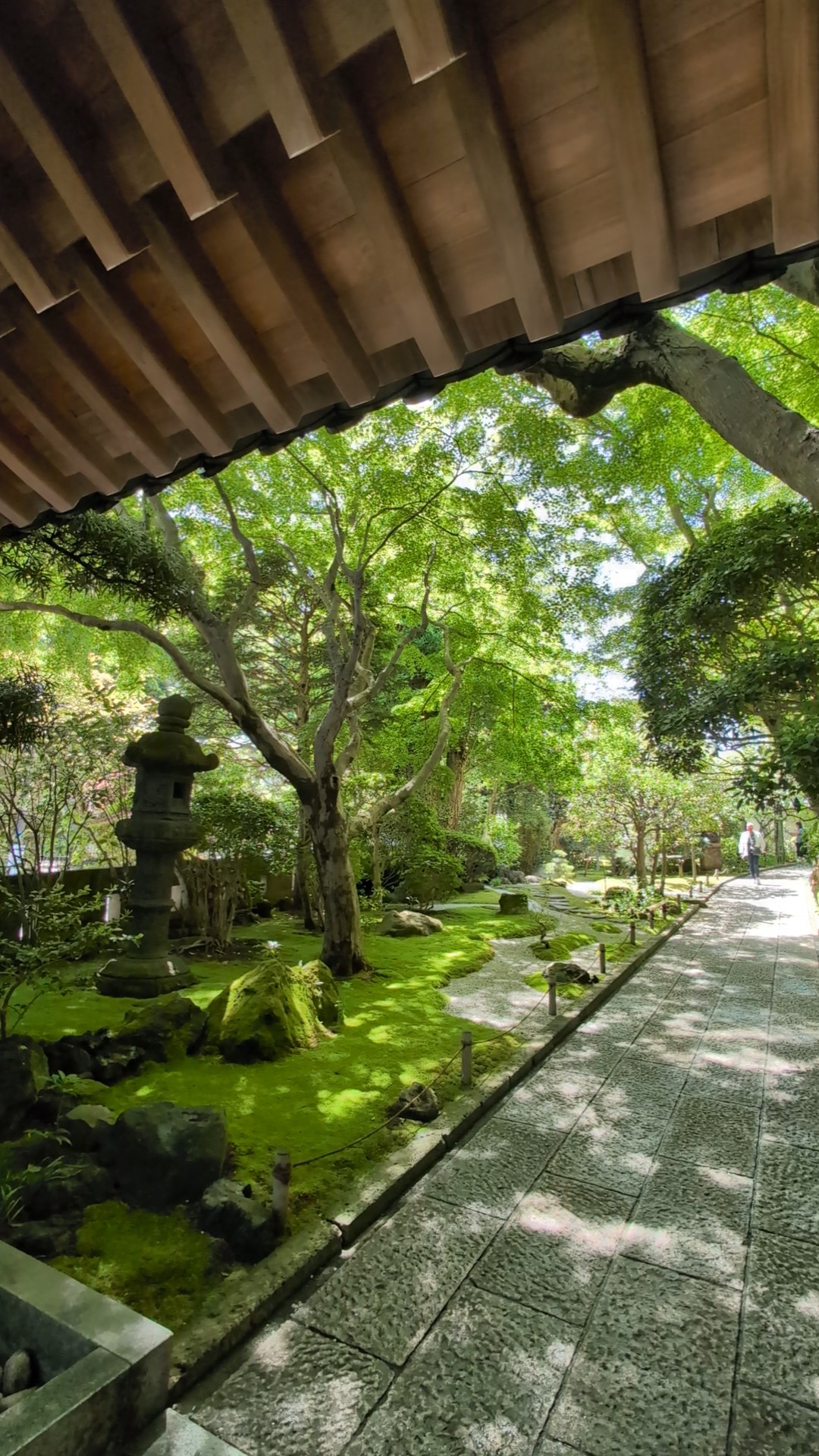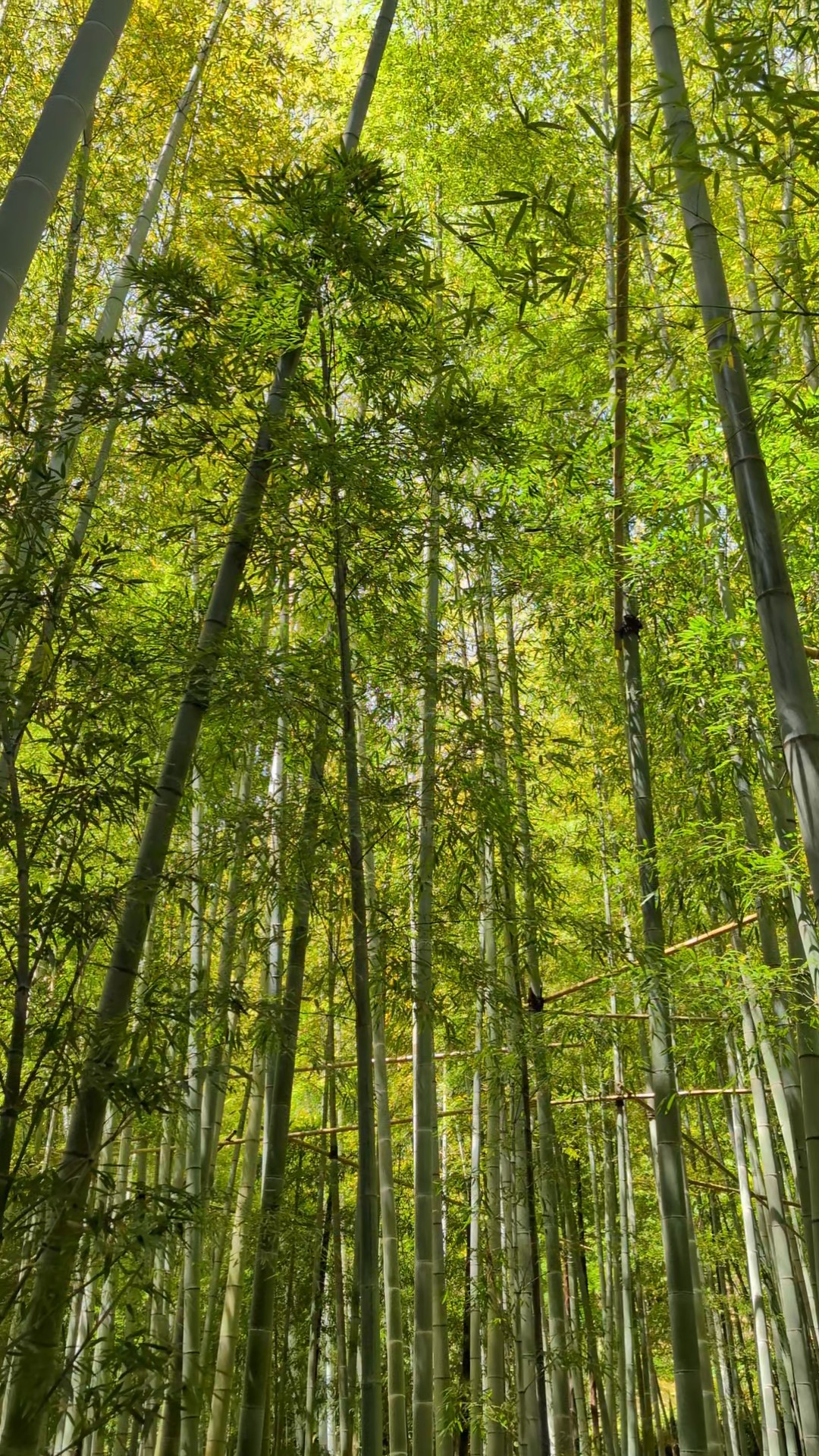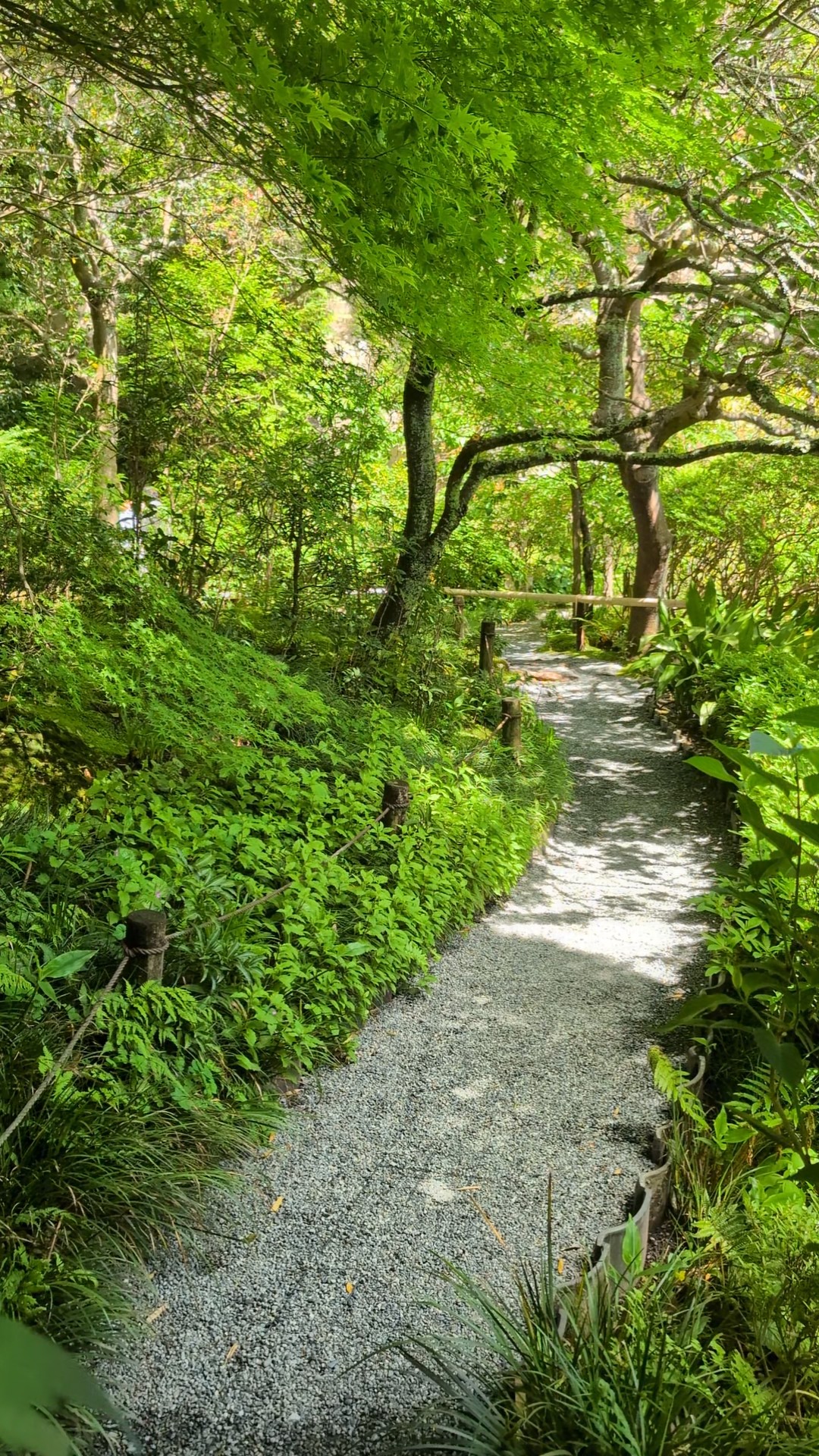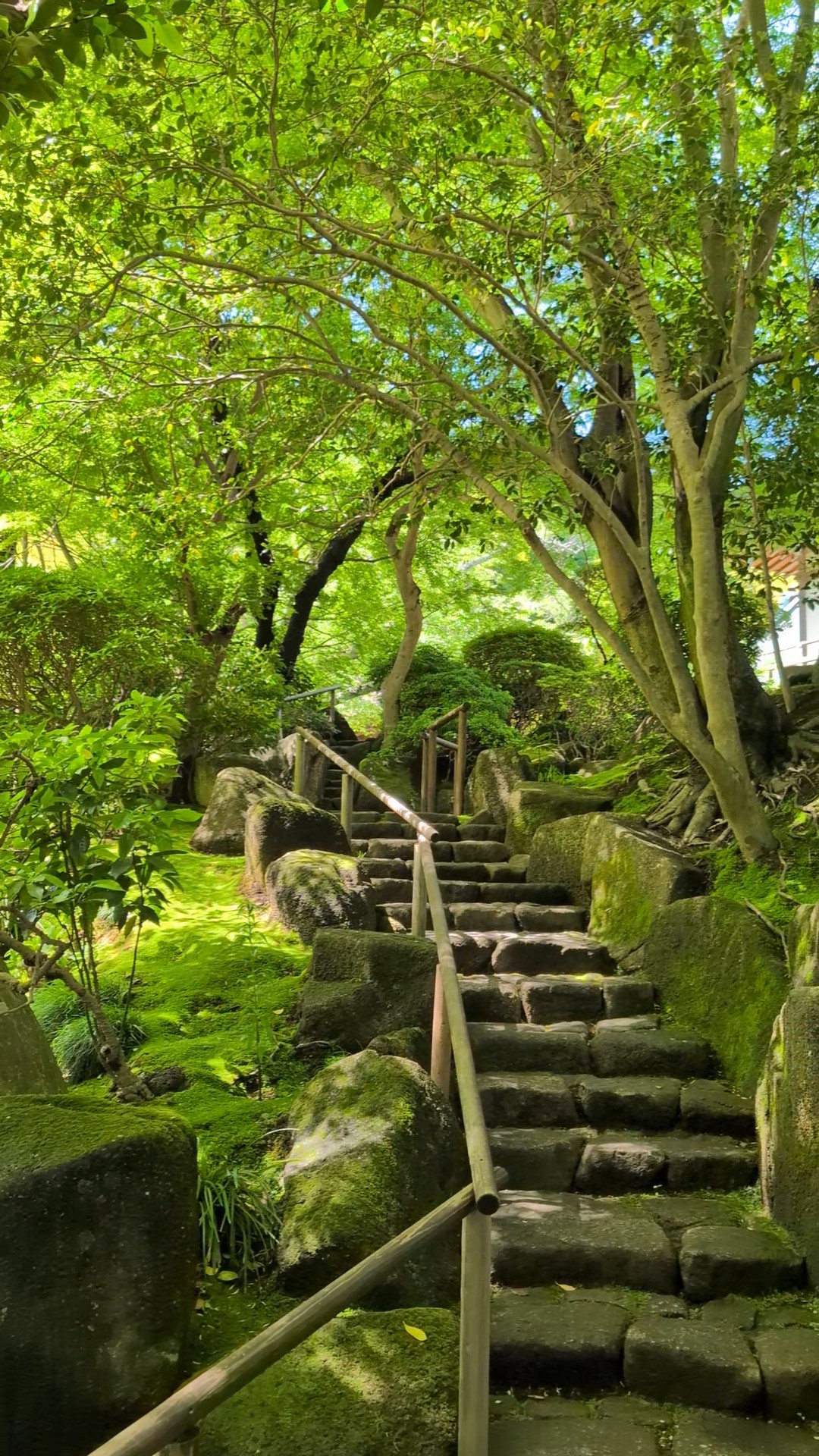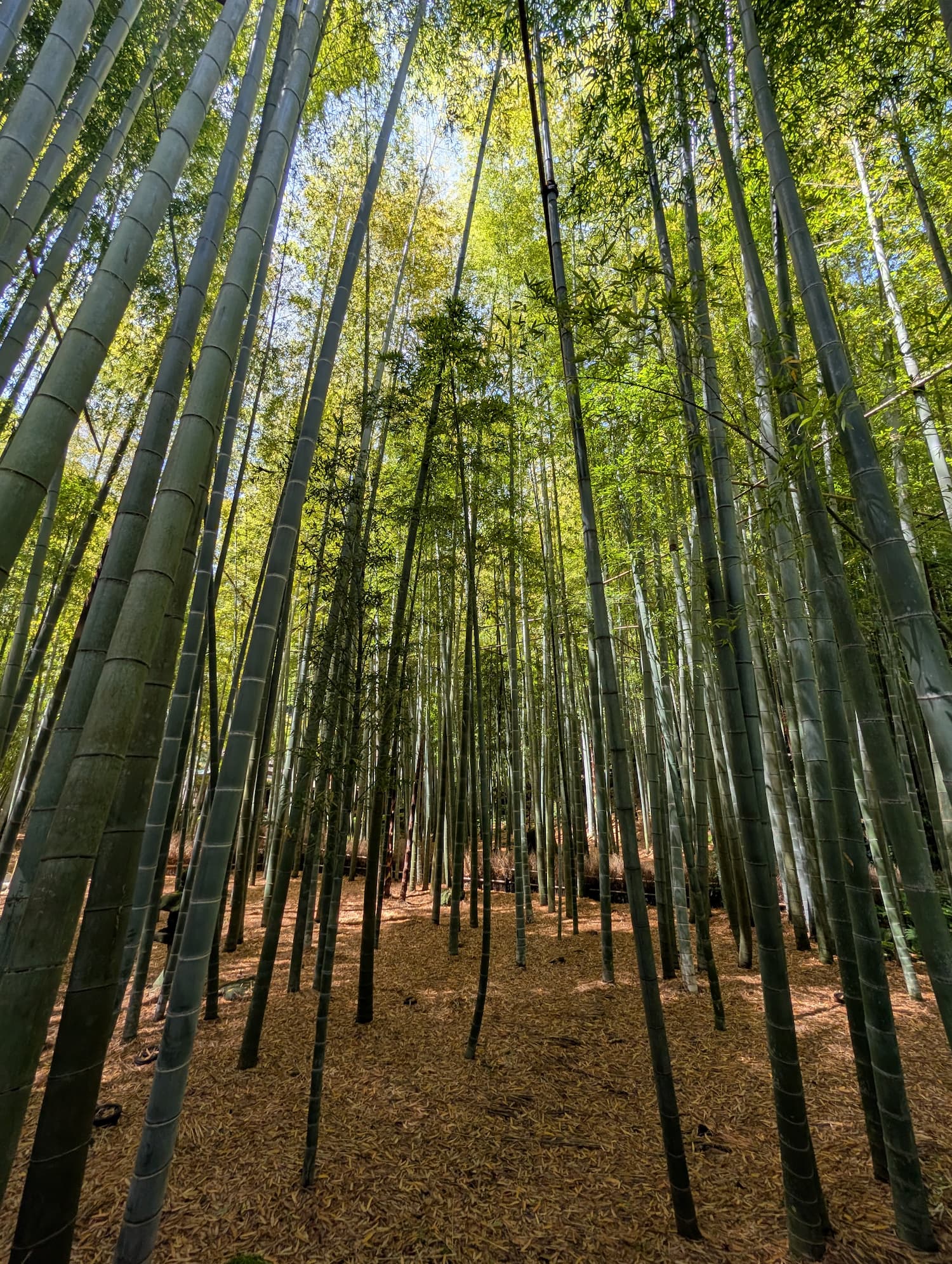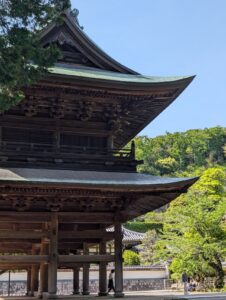Hōkoku-ji Temple
Tucked away in the hills of eastern Kamakura, Hōkoku-ji is often called the “Bamboo Temple” for its serene grove of tall, swaying stalks. Just an hour from central Tokyo, it offers a refined escape from the city’s pace—a place where silence speaks louder than sound, and nature invites you to slow down.
History & Background
Founded in 1334 during the early Muromachi period, Hōkoku-ji was built as the family temple of the Ashikaga and Uesugi clans—two influential samurai lineages of medieval Japan. Though small in scale compared to some of Kamakura’s grander temples, it carries a weight of heritage in every moss-covered stone and weathered wooden beam. The temple belongs to the Rinzai sect of Zen Buddhism and was originally part of the larger Kenchō-ji school, reflecting the deep historical roots of Zen in Kamakura’s soil.
Hōkoku-ji has endured centuries of political change, earthquakes, and war, yet it remains a place of quiet resilience—a living reminder of the elegance and austerity that define traditional Japanese aesthetics.
Highlights Worth Slowing Down For
The main draw here is the ethereal bamboo grove—around 2,000 slender stalks rising skyward, filtering sunlight into soft, shifting patterns. Walking its narrow paths feels like stepping into another world, suspended between past and present. It’s not large, but its intimacy is precisely what makes it feel personal, almost secret.
For an even deeper sense of stillness, visitors can enjoy matcha (powdered green tea) in a small teahouse nestled inside the bamboo garden. Served with a traditional sweet and a view of rustling green, it’s the kind of moment that reminds you why you came.
Unlike the more crowded temples, Hōkoku-ji invites reflection rather than sightseeing. It’s a place to put your phone away, breathe in the scent of damp earth and incense, and simply be. For those exploring Tokyo’s edges with an eye for subtle beauty and quiet detours, this is a perfect half-day pilgrimage.
Cafés Nearby, Calm Intact
After your bamboo-side tea, consider a walk through Kamakura’s quiet backstreets. These nearby spots offer a moment of repose and something sweet or savory to complete the journey.
- Kyukouan : A peaceful teahouse inside Hōkoku-ji offering matcha and traditional Japanese sweets
- okashi nikaido :A cozy bakery known for its fruit-filled muffins, bursting with seasonal flavor
- Mon-Peche-Mignon : A beloved local bakery with eat-in space
Opening Hours :
9:00~16:00
Closed December 29 – January 3
Closed in case of bad weather
Access :
From Kamakura Station, it takes about 30 minutes on foot, or 15 minutes by bus.
You can take Keikyu Bus (京急バス)—bus No. 23, 24, or 36 bound for Jōmyō-ji (浄明寺)—from Bus Stop No. 5 at the East Exit of Kamakura Station.
Get off at the Jōmyō-ji bus stop—Hōkoku-ji is just a short walk from there.
Admission Fee :
400 yen (+ Macha Fees 600 yen with Japanese sweets)


